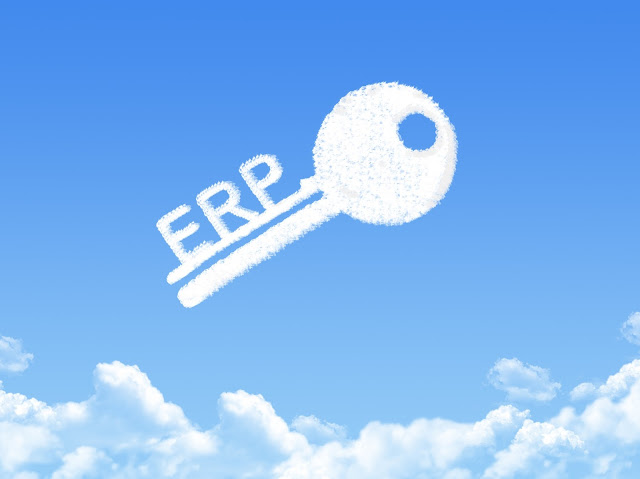Tips for Transferring From a Legacy ERP to a Cloud-Based ERP System
With cloud computing on the rise, the days of
on-premise software seems like history. Gartner predicts the worldwide public cloud services market
will grow 18 percent this year alone, with no signs of stopping. This could
easily be because businesses are starting to understand the added value that
Software-as-a-Service (SaaS), Platform-as-a-Service (PaaS), and
Infrastructure-as-a-Service (IaaS) bring to business workflows as far as day-to-day
business activity in today’s rapidly changing environment.
The question here is: Are you prepared for the
day when your legacy system fails and you have to take on the challenge of
transferring your business to a cloud-based platform?
Here are four tips for when that day
comes.
Tip 1. Be careful when selecting a solution
There are many cloud-based ERP solutions on the market today, but not all of them fit all
industries. Selecting the right solution is already a lengthy process that
takes time, energy, and money for the implementation. Choosing the right one is extremely important, and there are
many business factors to consider before buying or implementing one. Choosing
the wrong system could mean delayed upgrades, costly and unstable integrations,
unplanned downtime, poor security, limited support and concerns with working
with a third party.
Tip 2. Beware of the fake cloud
True cloud vendors design their solutions from
the ground up. They code their software to perform better as a fully hosted
solution and build talent and expertise around hosting, maintaining, and
managing the software across hundreds of servers and across multiple levels of
data redundancy in their own multi-tenant cloud environments. With “true
cloud,” customers are able to get instant access to product upgrades and are
allowed to customize the platform without the pain of re-implementing them
every time. Fake cloud vendors typically do not host, manage, or maintain the
business solutions. Instead, they turn responsibility over a service provider.
Tip 3. Train your employees
Keep your team informed and engaged with the new ERP system.
Kick off the new system with training sessions so you can avoid user issues in
the future. Assuring your staff that they will be properly trained for the challenges
ahead and that there will be a support system in place can go a long way.
People tend to get comfortable with their tools, so the idea of change alone
can make some employees uncomfortable for the fear of learning and entirely new
system. Getting department heads engaged to be early adopters and broadcast the
message to their teams, or maybe appoint a dedicated resource on your staff to
as a project manager.
Tip 4. Carefully plan your deployment
There are several business owners who were not able to establish
proper cut-off dates, even though the system was ready to go live. There were
multiple internal push backs out of the fear of going live. The idea of getting
the deployment method perfect the first time is a total misconception. It’s
okay if you have to try a few times until you get it right. We all know,
practice makes perfect! Having a plan for deployment ahead of time will help
your organization to avoid any systematic errors in the future.

Comments
Post a Comment